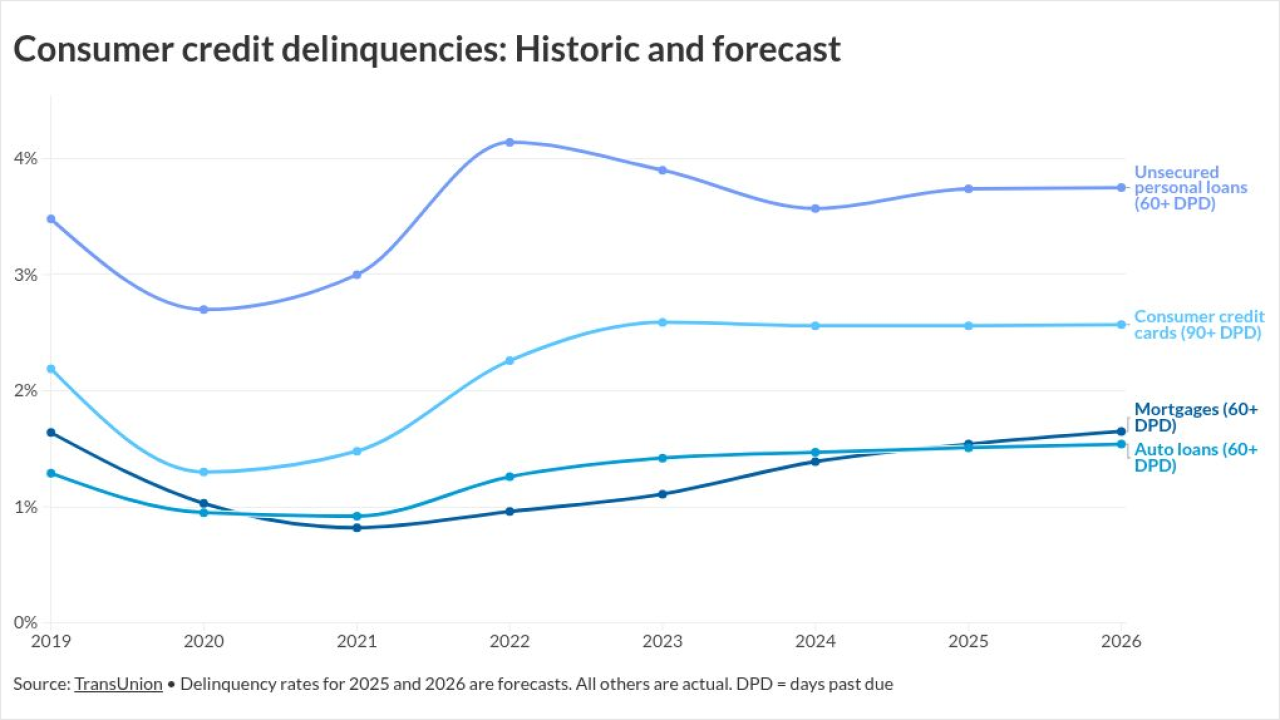Want unlimited access to top ideas and insights?
Insurers and reinsurers are becoming increasingly comfortable with the risk Fannie Mae is offloading in its Credit Insurance Risk Transfer program for multifamily mortgages of $30 million or less. The government-sponsored enterprise only had to retain the first 75 basis points of potential losses In its latest transaction, CIRT 2019-1. Investors in the most subordinate tranche of notes issued cover the next 75 basis points of losses, up to 150 basis points.
By comparison, in the prior deal, completed in December 2018, Fannie Mae retained the first 150 basis points of losses, And it retained the first 225 basis points of losses in its first Credit Insurance Risk Transfer deal, completed in August 2018.
Jonathan Gross, a vice president in Fannie Mae's multifamily business, said that some of the investors in that tranche had participated in the CIRT program in the past, and were willing to take on more risk after becoming more familiar with it. But one of the buyers was a first-time participant who had an appetite for the risk given the level of return.
While that's good news for taxpayers, who are ultimately on the hook for any losses that Fannie Mae is unable to cover, there's a limit to how much risk the GSE will offload in these transactions, Gross said. "By maintaining the first-loss position, we maintain control of the workout process" should the borrower default, he said. That's important to the borrowers themselves, who want to know who they could be dealing with in that kind of situation. "It's viewed as a big positive in our business model," he said.

Of course, the very first losses in the deal are borne by the borrowers themselves. Since the loans have a weighted average loan-to-value ratio of 66%, property values would need to decline by an average of 34% before any reinsurance provided by this transaction would be triggered. And Fannie is only offloading its own exposure, which is two-thirds of losses incurred if property values fall more than 34%; by design, the underwriters of the loans retain the other one-third of exposure.
Two other tranches of notes were issued in the latest deal, one reinsuring losses from 150 basis points to 300 basis points and the other reinsuring losses from 300 basis points to 400 basis points. By comparison, the prior deal consisted of two tranches, though the least-risky tranche had the same detachment point, at 400 basis points.
Gross said that, for now, it probably doesn't make economic sense to reinsure losses beyond that level. "The way we set attachment and detachment points is informed by view of capital efficiency," he said. "Ultimately we’re trying to optimize the capital treatment for our exposure."
The CIRT program is designed to reinsure this risk on all recent production of Fannie Mae-guaranteed mortgages with a balance of $30 million or less; this is based on the preferences of reinsurers, who prefer a more granular portfolio. (Loans this size represent 40% to 50% of Fannie Mae's multifamily production.) The loans referenced in the 2019-1 transaction were acquired between July 1 and Oct. 31, 2018.
Fannie Mae expects to issue one or two more transactions this year, depending on market conditions, Gross said.





